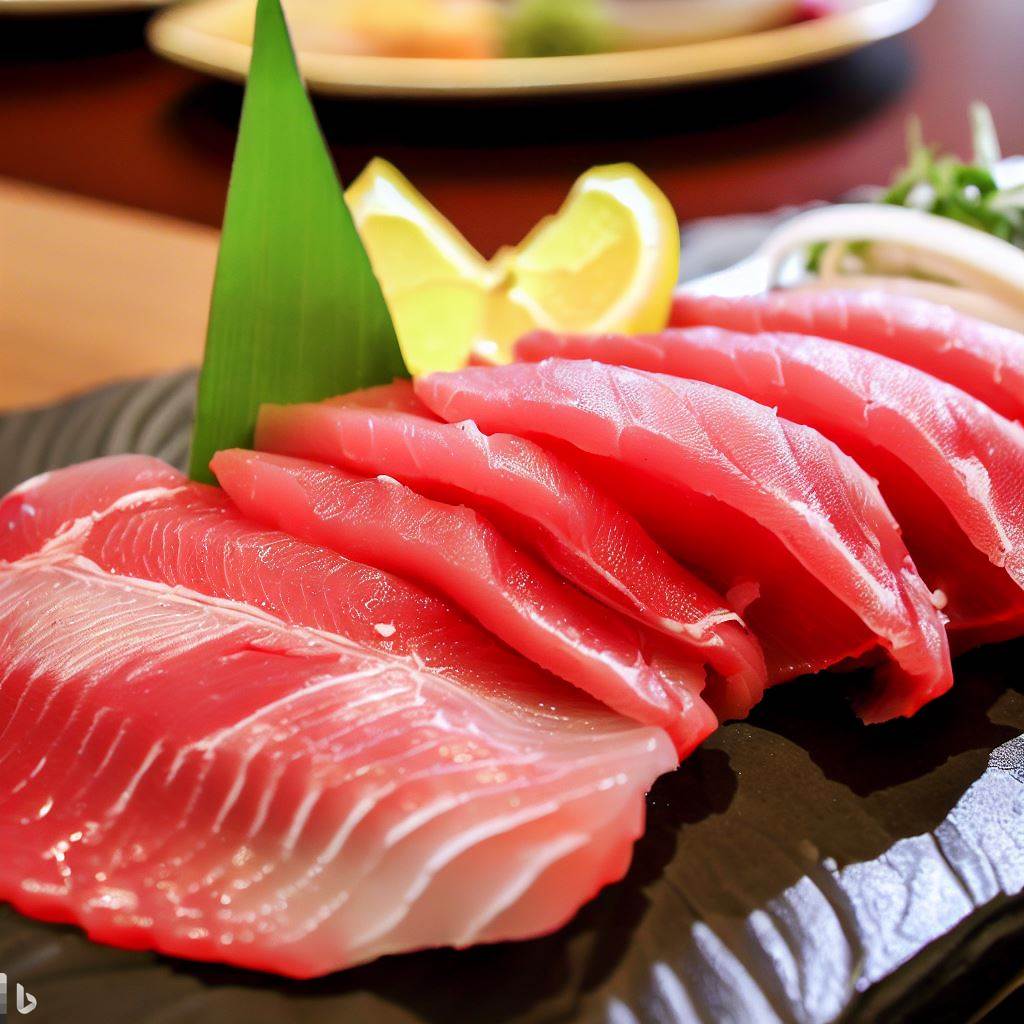Can you eat african pompano raw?

The African pompano (Alectis ciliaris) is a delicious and nutritious fish that belongs to the jack family, Carangidae. It has a metallic-blue color on its back, fading to a white belly, and a deep and compressed body. The most distinctive feature of this fish is the long, threadlike rays at the front of its dorsal and anal fins, which are present only in juveniles and disappear as the fish grows older. These rays are thought to discourage predators by mimicking the tentacles of a jellyfish or the arms of an octopus.
Many people enjoy eating African pompano raw, as it has a firm, buttery and fatty flesh that is suitable for both sushi and sashimi. However, eating raw fish can also pose some health risks, such as bacterial or parasitic infections, allergic reactions or food poisoning. Therefore, before eating African pompano raw, there are some precautions and recommendations that need to be followed.
Precautions for Eating African Pompano Raw
The first precaution for eating African pompano raw is to make sure that the fish is fresh and of high quality. Fresh fish should have clear eyes, bright gills, firm flesh and a mild odor. The fish should also be properly cleaned, gutted and filleted, removing any scales, bones or organs that may harbor bacteria or parasites. The fish should be stored in ice or refrigerated as soon as possible after catching or buying, and consumed within 24 hours3
The second precaution for eating African pompano raw is to freeze the fish before consuming it. Freezing the fish can kill or inactivate most of the bacteria or parasites that may cause illness or infection. The US Food and Drug Administration (FDA) recommends freezing the fish at -4 F for 7 days or at -31 F for 15 hours before preparing it for raw consumption. This can reduce the risk of contracting anisakiasis, a parasitic disease caused by roundworms that can infect the digestive tract of humans who eat raw or undercooked fish.
The third precaution for eating African pompano raw is to avoid cross-contamination with other foods or utensils that may carry harmful microorganisms. The fish should be prepared on a clean cutting board with a sharp knife, and washed thoroughly before and after cutting. The knife and cutting board should not be used for any other food items unless they are sanitized with hot water and soap or bleach. The fish should also be served on a clean plate with clean chopsticks or forks, and not mixed with any sauces or condiments that may contain raw eggs or dairy products that can spoil easily.
Recommendations for Eating African Pompano Raw
Besides following the precautions for eating African pompano raw, there are also some recommendations that can enhance the flavor and texture of the fish.
One recommendation is to slice the fish thinly and evenly across the grain of the flesh. This can expose more surface area of the flesh to the marinade or dressing that may be used to season the fish, as well as make it easier to chew and digest. The slices should be about 1/8 inch thick and 2 inches long, depending on personal preference.
Another recommendation is to marinate or dress the fish with acidic ingredients such as lime juice, vinegar or soy sauce. These ingredients can help to “cook” the fish chemically by denaturing the proteins in the flesh, making it firmer and more opaque. They can also add flavor and aroma to the fish, as well as balance its natural richness and oiliness. The marinating or dressing time can vary from a few minutes to a few hours, depending on personal taste and desired texture.
A final recommendation is to garnish or serve the fish with fresh herbs, vegetables or fruits that can complement its taste and appearance. Some common garnishes or accompaniments for raw African pompano are cilantro, onion, jalapeno pepper, garlic, avocado, cucumber, olive oil, black pepper, salt and paprika. These ingredients can add color, crunch and freshness to the dish, as well as provide vitamins and minerals that can boost the health benefits of the fish.


